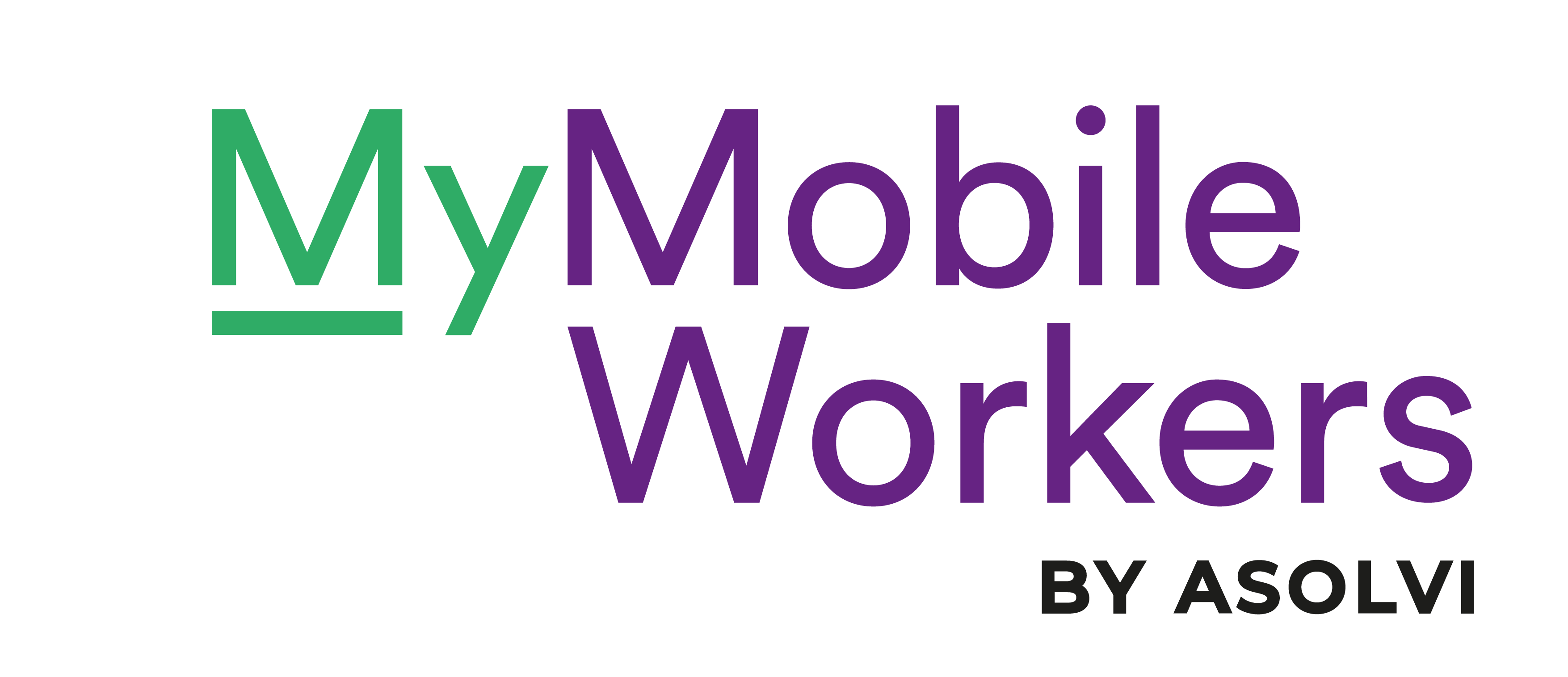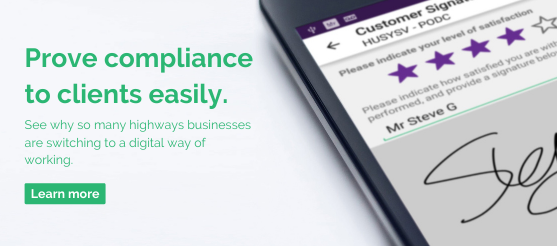
There aren’t many work environments more challenging for managers than the highways sector.
Because not only are you having to deal with all the usual stresses and strains, you’re often doing so while ‘blindfold’.
Because what makes it so tough is that once your fieldworkers are out on the road, they effectively fall off the management radar. It’s incredibly hard to know exactly where they are or what they’re doing.
It’s a fundamental communications problem. Without this real-time information, it makes any kind of effective management a struggle. It means that, instead of helping to prevent problems, you’re more likely to be cleaning up the organisational mess they cause.
But things are changing for the better. Digital technology has allowed the creation of tools which can overcome some of the traditional challenges faced with managing road workers. Here’s a look at how digital technology can make managing road workers effectively, simple:
Tracking technology
The use of digital workforce management systems are allowing the management ‘blindfold’ to be removed. They use smartphone apps and GPS tracking to monitor the movement and location of each employee in real-time.
And it’s not just locations that you can keep tabs on, it provides instant information on every aspect of an operation, from the status of individual tasks to completed safety compliance checks and even photo images of sites being worked on.
Trusting your teams
The more information you have on what operatives are doing, the less ‘hands-on’ you can afford to be. It gives you the reassurance that schedules are being met and proper procedures are being followed.
It allows road-workers to focus on getting the job done, without having to constantly deal with calls and communications from worried bosses. For managers, it prevents the need to micromanage and lets you keep an eye on the bigger picture.
Flexible systems
The true test of a management setup isn’t when things are running like clockwork, it’s what happens when a spanner is thrown into the works. It’s how your organisation copes when a job is added or rescheduled at the last minute.
A major advantage of digital management over traditional methods is its ability to easily adapt to change. With management and workers connected digitally, any changes to schedules or job tasks are automatically relayed to everyone affected.
Likewise, if there’s any kind of issue at a particular site, a manager can be alerted instantly, providing the chance to advise and intervene.
Smarter safety
With the risks road workers are exposed to being so high, it’s essential that stringent health and safety standards are maintained. But keeping on top of RAMS and Chapter 8 regulations can be a slow and painful when you’re doing it via bits of paper.
A more efficient way to handle compliance documentation is digitally, making use of online services such as Google Docs. A digital workforce management system can provide any info a road worker needs in digital form via a smartphone app.
It removes the need for paperwork to be physically shuffled around an organisation and allows managers to instantly access any safety checks or assessments that are submitted.
Setting targets
By moving from paper to digital, an organisation unlocks a rich source of accurate data about the way a road business works. A mobile workforce management system generates info on everything from how long each task takes to the exact distances travelled to each job.
This data allows you to set quantifiable goals and to create targets for your teams to meet. It lets you identify those areas of operation that need tightening up as well as where you’re getting it right.
Show and tell
The ability to create, share and store digital photographs can be a particularly powerful tool in the highways sector. It allows road workers to provide off-site managers with visuals, such as showing a particular repair or signage layout.
With a digital workforce system these can be easily integrated into employee workflow, with any images being instantly accessible to management. It allows problems to be identified and expert guidance to be given.
Managing road workers
So while the job isn’t going to get any easier, there are now much more effective ways for managing road workers. With digital communications, we now have the same kind of ability to oversee the work of employees as an office manager.
The improved communications creates a fast, flexible and efficient way of managing workers. It helps to improve the quality of your service and maintain the very best standards of safety compliance.


